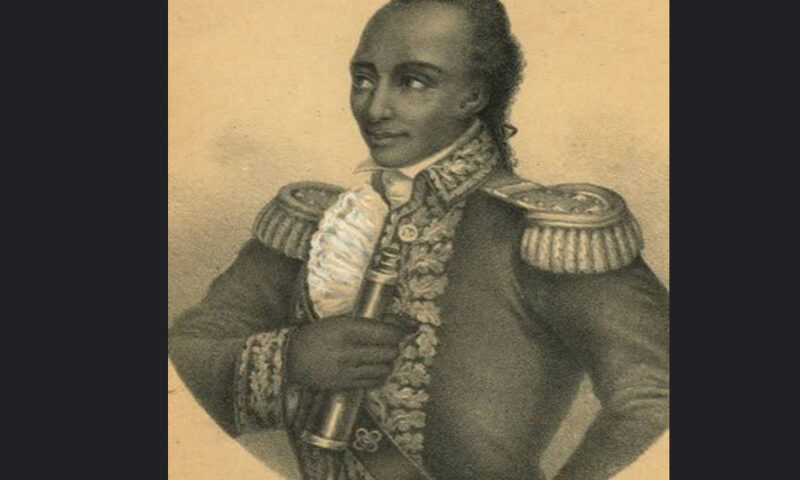By Spy Uganda
Slavery in the U.S. remains a complicated period in history that continues to negatively affect Africans and African Americans alike. Most slave owners were thought to be mostly wealthy, White individuals but historical accounts have shown that slaves were also largely owned by Black people or people of color. In 1830, 3,775 freed former slaves owned about 12,100 slaves, writes historian Carter G. Woodson.
While some of these Black people owned slaves merely for personal or business reasons, others were just as callous as the White slave owners and would even adopt some sinister motives to profit big time from the trade. William Ellison Jr. is one of the biggest Black slave owners who changed the course of American history.
Apart from being the harsh master who sometimes starved his slaves, Ellison was noted to have gained a lot of wealth as a “slave breeder”, where he sold almost all females born, and kept a few for future breeding. He, however, kept many of the young males, as he found them useful on his plantation.
Becoming one of the largest slave owners in South Carolina in the 1860s, Ellison was mulatto and born to a slave woman and one of the Ellison men who owned her near Winnsboro in Fairfield District around 1790. He was originally named April Ellison as it was customary at the time for children of enslaved men and women to be named after the month in which they were born.
In 1802, Ellison became an apprentice under William McCreight, who was a gin builder. He did not only learn to build and repair cotton gins but also learned reading, writing, and arithmetic and also trained as a machinist, blacksmith and carpenter. Gaining more knowledge and experience, he began to work for wages during his free time. This enabled him to acquire the funds to purchase his freedom in 1816 around the age of 26. Some accounts state that he changed his name from April Ellison to William Ellison Jr as a sign of gratitude to his owner.
After gaining his freedom, he moved to the town of Stateburg in Sumter District, South Carolina. He bought and freed his enslaved wife and their daughter in 1817 and they went on to have three sons. Meanwhile, the cotton industry was expanding in the 1820s, and to meet demand, Ellison established a shop and started making his own brand of cotton gin known as the “Ellison Gin”. He sold locally but sometimes shipped his gin to other areas such as Mississippi.
Besides his gin business, Ellison also offered blacksmith and carpentry services. Slaves helped him succeed in business. As he continued to hire slaves and train slave apprentices, he became a slave owner in the 1820s.
“It has been estimated that by the 1850s, the profits from Ellison’s plantation exceeded those of his shop. In 1860 he owned nearly nine hundred acres of land and sixty-three slaves, which he conservatively valued at $53,000. His estate exceeded the total wealth of the other 328 free blacks in Sumter District by several times, and he was among the top ten percent of all slaveholders and landholders in the district,” writes South Carolina Encyclopedia.
Records also say that when the Civil War began, he offered the army 53 of his slaves. As he became successful, he became well respected and started sharing almost the same social status as Whites in his community. At Holy Cross Episcopal Church, he and his family had their own pew at the rear of the main floor while other Blacks were restricted to the galleries.
He also had other opportunities that his fellow Blacks did not have. For instance, he was able to buy his famous Wisdom Hall family mansion in 1838 from Stephen Miller, a former congressman and governor of South Carolina.
These opportunities notwithstanding, Ellison could not avoid the racial structures of his society and even thought of leaving the South before his death on December 5, 1861.







